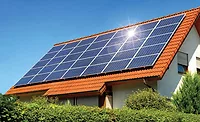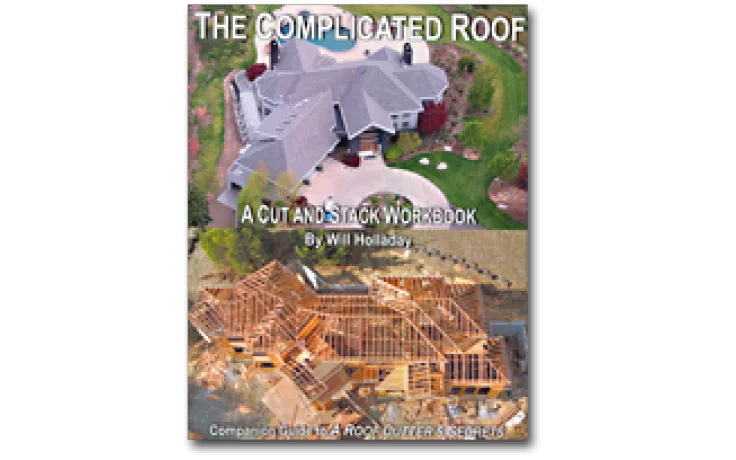The Roofing Industry: A Look Back and Predictions for the Future
Thirty years ago, I was about to join a revolution that would dramatically change how commercial roofing was practiced in the United States. In December 2014, I accepted a job offer to join a rapidly-growing single-ply roof system manufacturer, and I was scheduled to start my new job early in 2015. Since some of my work would involve the design of new roofing systems, I spent some time over the Christmas holidays thinking about how commercial roofs might change over the coming years.
Clearly, 1985 was an exciting time to be a roofing professional. Single-ply roofs were taking off on a dramatic sales trajectory that would lead to market dominance within the decade. Increased adoption and enforcement of building codes across the United States was driving the development and testing of literally thousands of new fire- and wind-rated roofing systems. And new model energy codes were being introduced that would lead to dramatic increases in roof insulation levels.
Looking back 30 years later, I think I got some things right. Single-ply has continued to grow to over two-thirds of the low-slope roofing market. Roof insulation levels have tripled from R-values of 5 to 10 in the early 1980s up to R-values of 30 or more today. And the number of new products, codes and standards continues to grow each year. But I also must confess there were critical trends I missed. I never expected we would see such dramatic changes in roofing adhesives, sealants and coatings due to VOC regulations. I also was surprised by the substantial and continuing growth in cool reflective roofs, especially in an industry with an established performance history for darker, non-reflective roofs. I certainly didn’t anticipate how much new “green” ideas would affect how we design and select roofs.
Although my forecasts 30 years ago were less than perfect, I’m still willing to go out on a limb by looking at some key trends that will affect all of us over the next 30 years. As always, there will be surprises, but I think the more we try to get ahead of some of these trends, the more successful we will be — both as individual roofing contractors and as an industry. So, here are my predictions for the next 30 years.
- Removing roofs will be as important as installing roofs. One of Steven Covey’s Seven Habits of Successful People is, “Begin with the end in mind.” As demand for recycling and reuse of materials increases, roof system design will focus increasingly on how we can make roof systems both easy to install and easy to remove. So far we have taken the first baby steps to recycle some roofing systems such as ballasted and mechanically attached single-plies, but we face significant challenges to remove and recycle roofing systems that require hot asphalt or cold adhesives for installation. In the future, roofing systems that don’t easily lend themselves to efficient disassembly and recycling may simply go away.
- Resilience will drive new levels of roof durability. I’ve written in past columns about the growing demand for buildings that can take a hit from extreme weather events and still provide a productive and safe environment for the occupants. For roofing, this translates into increased resistance to extreme winds, hail and in some regions, wildfires. So, if you think we’ve seen big changes so far in roof wind ratings, stay tuned for even stronger standards. And get ready for mandatory hail ratings for almost all roofing systems. Resilience will also drive increased use of the roof as an alternate energy platform. Rooftop PV systems and daylighting will increasingly be viewed as a necessary requirement for any resilient building.
- The “Internet of things” will move to the rooftop. In the realm of commercial buildings, smart technology will make it easier and much less expensive to integrate rooftop energy into the overall building power system. And as an added bonus, roofers and not electricians will be able to perform much of this work.
The Internet of things will drive a significant increase in roof leak detection systems. New battery technology will allow small in-roof sensors to last almost as long as the roof itself, and ubiquitous wireless technology will make real-time monitoring simple and cost-effective. Smart technology also will be one more factor to make rooftop PV an economic “no-brainer” for almost every building. As our buildings and the electric grid become smarter, the cost of rooftop PV will keep going down.
Well, these are a few of the trends I see going forward. Hopefully over the next year I’ll be able to discuss each of these trends in more detail in this column. In the meantime, have a great new year, and please don’t hesitate to contact me if you have any predictions of your own.
Looking for a reprint of this article?
From high-res PDFs to custom plaques, order your copy today!





